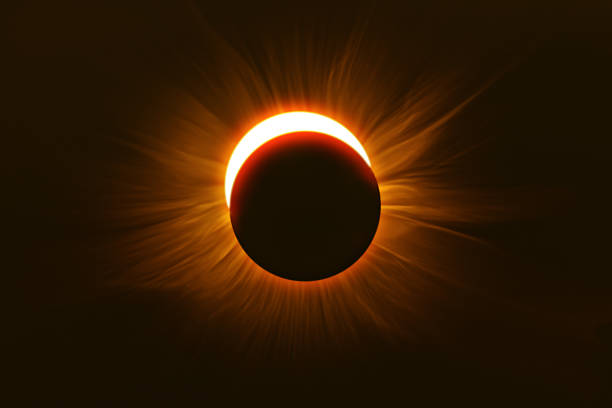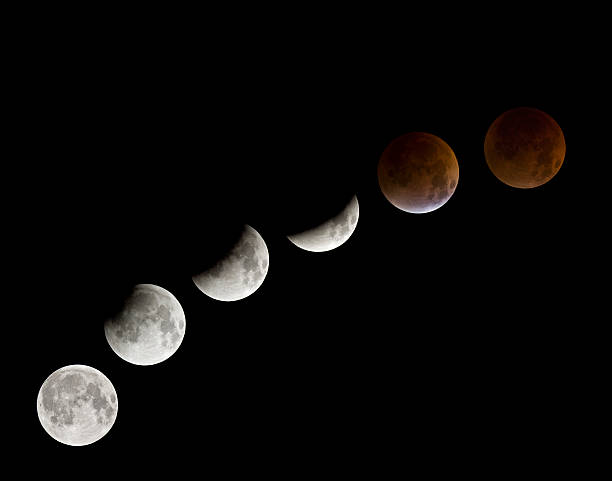Do you know, what are the different types of eclipses? Few occurrences in the vastness of the cosmos hold our attention as strongly as eclipses. When heavenly bodies align and cast shadows on one another, spectacular displays can be seen from Earth during these cosmic events. Let’s examine the various kinds of eclipses that occur in our skies and what makes them so amazing.
1. Solar Eclipses: The Dance of Shadows

The solar eclipse is among the most breathtaking sky phenomena. A solar eclipse occurs when the moon passes in front of the sun, momentarily blocking its light. This alignment creates a shadow on Earth, turning the daytime into a dusk-like atmosphere. There are three different kinds of solar eclipses: annular, partial, and complete. During a total solar eclipse, the Moon totally obscures the Sun, exposing its beautiful corona.
The Great American Eclipse of 2017 sparked a revived interest in astronomy and broad enthusiasm as the moon’s shadow traveled from Oregon to South Carolina, captivating millions of people in the United States.
2. Lunar Eclipses: The Moon’s Dance of Colors
When the Earth passes in front of the Sun and the Moon, a lunar eclipse happens, shadowing the moon. This frequently gives the moon a crimson hue, hence the name “blood moon.” Penumbral, partial, or total lunar eclipses can occur, depending on how much of the moon is in Earth’s shadow.

The accessibility of lunar eclipses—anyone on Earth’s night side can see them when the Moon is above the horizon—makes them especially fascinating. It is a captivating sight to witness a blood moon rise, since it links us directly to the cosmic ballet above.
3. Rare and Hybrid Eclipses: Unique Celestial Events

There are more uncommon kinds of eclipses outside the typical solar and lunar ones that happen under particular circumstances. For instance, hybrid eclipses alternate between annular and total eclipses based on the location of the viewer along their path.
Their visibility becomes much more unpredictable as a result. In addition, additional astronomical phenomena that involve planets or moons crossing in front of one another as viewed from Earth include transits and occultations. These occurrences provide a rare window into the complex processes that take place within our solar system.
Embracing the Celestial Ballet
Eclipses offer a direct link to the immensity of space in our own backyards with their variety and captivating displays. These natural occurrences spark our sense of wonder and interest, whether it’s the mesmerizing light of a blood moon or the spectacular totality of a solar eclipse. Let us look up and marvel at the secrets of our cosmic neighborhood while we eagerly await the next celestial show.
STATESIDESTORY.CO.IN brings you closer to the wonders of our universe. Discover more celestial marvels and keep your eyes on the skies.
